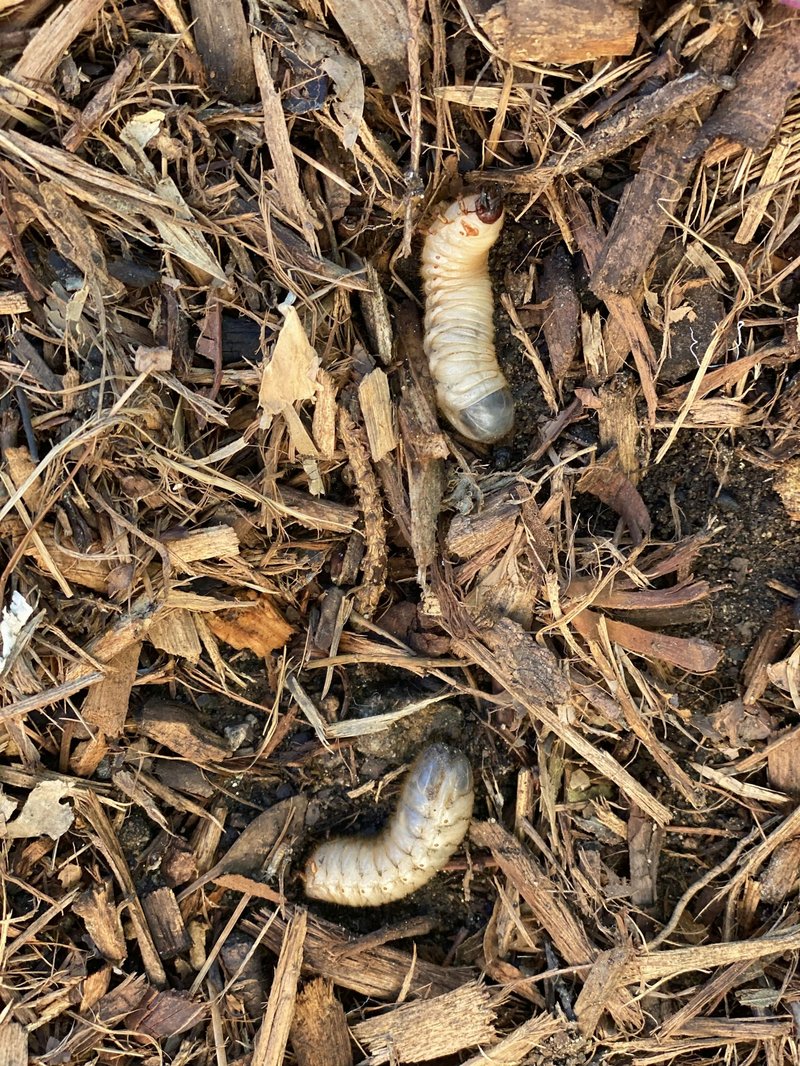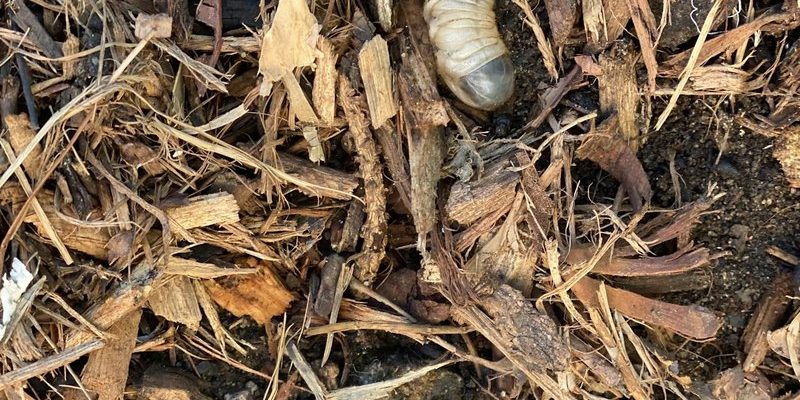
Milky Spore is a natural bacterium that helps control white grubs, specifically the larvae of Japanese beetles. Rather than using harsh chemicals that can harm beneficial insects, Milky Spore is gentle on the environment. Think of it as a friendly neighborhood protector for your lawn. So let’s dive in and explore how to effectively use Milky Spore for long-term grub control, ensuring your lawn stays beautiful without the headache of chemical treatments.
What Is Milky Spore?
Milky Spore is a natural bacterium known scientifically as *Bacillus popilliae*. This powerful organism targets white grubs, specifically those pesky larvae of Japanese beetles, leaving them no chance for survival. When these grubs eat soil treated with Milky Spore, they become infected and eventually perish. But here’s the magic: once Milky Spore establishes itself in your lawn, it can remain viable for many years, working quietly yet effectively.
Think about it: instead of tossing down a bunch of chemical treatments every season, you can introduce this microbe into your lawn ecosystem and let it do its thing. It’s like planting a seed that grows into a long-term solution against those annoying bugs.
Why Choose Milky Spore for Grub Control?
You might be wondering, “Why should I choose Milky Spore instead of other grub control methods?” Good question! Using Milky Spore has several significant benefits that make it an appealing option.
- Environmentally friendly: It’s safe for pets, children, and beneficial insects like bees and earthworms.
- Long-lasting: Once established, it can protect your lawn for up to 10 years, making it a one-time effort for ongoing results.
- Low maintenance: Once applied, it requires little to no further intervention, freeing you up for other gardening tasks.
Basically, Milky Spore is like planting a long-term insurance policy for your lawn. You take initial steps to introduce it, and it keeps working behind the scenes to fend off grubs in the future.
How to Apply Milky Spore
Applying Milky Spore is pretty straightforward, but let’s break it down into easy steps to ensure you get it just right.
1. **Choose the right time:** The best time to apply Milky Spore is in the late spring or early fall. This is when grubs are actively feeding and when the soil temperature is warm enough for the bacteria to thrive.
2. **Prepare your lawn:** Start by mowing your grass and ensuring the area is clear of debris. This helps the Milky Spore reach the soil more effectively.
3. **Application method:** You can apply Milky Spore as a granule or in a powder form. If you’re using granules, you can spread them by hand or use a broadcast spreader. If you have the powder form, mix it with water according to the instructions on the package, then spray it onto the affected areas.
4. **Watering:** After application, water your lawn lightly. This helps activate the spores and get them into the soil, where they can work their magic.
Following these steps will help ensure that Milky Spore reaches the grubs lurking beneath the surface.
Understanding the Life Cycle of Grubs
To make the most of Milky Spore, it’s essential to understand the life cycle of grubs. White grubs develop in stages: egg, larva, pupa, and adult beetle. Here’s a quick overview:
– **Eggs:** Laid in the soil during late summer.
– **Larvae (Grubs):** Hatch in late summer and actively feed through fall.
– **Pupal Stage:** During late fall, they transform into beetles.
– **Adults:** Emergence occurs in late spring, ready to lay more eggs.
By knowing this cycle, you can time your Milky Spore application effectively. You want to hit those hungry larval grubs right when they’re munching on your roots.
Common Questions About Milky Spore
You might have some questions swirling around about Milky Spore and how it works. Let’s tackle a few common ones.
**Can I use Milky Spore alongside other products?** Yes, but be cautious. While it’s safe to use with many organic treatments, combining it with harsh chemicals can reduce its effectiveness. Always check labels and consult experts if unsure.
**How long until I see results?** You may not see immediate results, as Milky Spore works gradually. Typically, within a couple of seasons, you should notice fewer grubs and healthier grass.
**Is it effective in all climates?** Milky Spore thrives best in warmer climates but can still be effective in cooler areas. Just ensure you apply it during the appropriate seasons for your region.
Preventing Grub Infestation
While Milky Spore is fantastic for dealing with existing grub problems, prevention is just as crucial. Here are some tips to keep your lawn grub-free:
- Maintain healthy soil: Good soil health promotes strong roots, making your grass less susceptible to grub damage.
- Regular mowing: Keeping your lawn at the correct height encourages a healthier lawn and deters grubs.
- Encourage beneficial insects: Ladybugs and nematodes can help control grub populations naturally.
Taking these preventive measures can work hand-in-hand with Milky Spore for a healthy and vibrant lawn.
Using Milky Spore for long-term grub control could be one of the best gardening decisions you make. It’s a natural, effective way to tackle grubs without stressing about harmful chemicals. Once you apply it, you can enjoy your outdoor space, knowing that your lawn is protected for years to come.
So, if you’re tired of battling those nasty grubs and want a more sustainable solution, give Milky Spore a try. With a bit of patience and care, you’ll transform your grass into a lush, healthy paradise that you’ll be proud to show off to friends and family. Cheers to a grub-free lawn!

